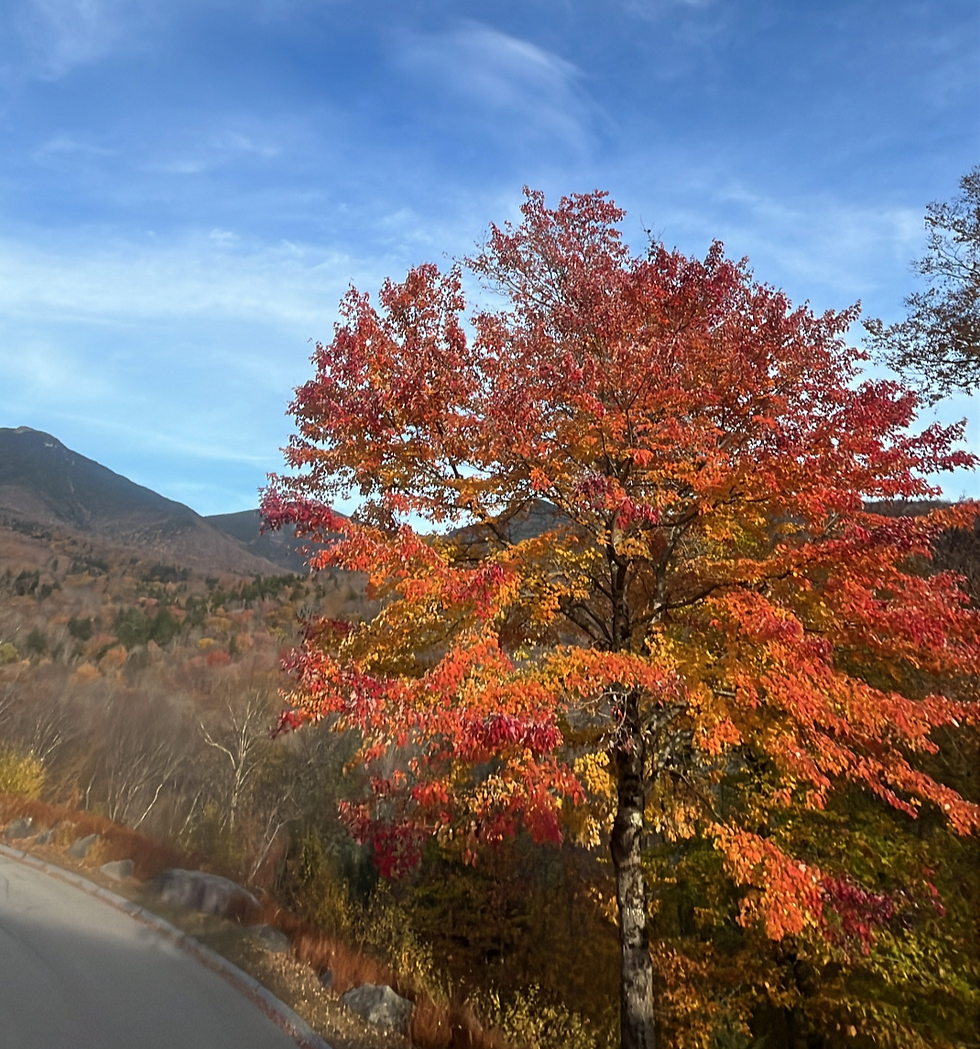A Master of Self Sufficiency
- Mar 7, 2024
- 3 min read
The Sycamore Maple tree, known scientifically as Acer pseudoplatanus, stands as a testament to the splendor of Mother Nature and the resilience of life. Native to Europe and parts of Asia, this deciduous tree commands attention with its imposing stature, distinctive foliage, and remarkable adaptability. Belonging to the Aceraceae family, the Sycamore Maple embodies a rich tapestry of ecological, cultural, and aesthetic significance, weaving its roots deep into the fabric of human history and the natural world.
Characterized by its robust trunk, expansive canopy, and lobed leaves, the Sycamore Maple casts a commanding presence in diverse landscapes, from woodlands and parks to urban streets and gardens. Its bark, a mosaic of grayish-brown hues adorned with fissures and ridges, exudes a timeless charm, bearing the scars of seasons past while harboring the promise of regeneration and renewal. As the seasons unfold, this tree undergoes a breathtaking transformation, each phase of its life cycle imbued with its own unique beauty and purpose.
In spring, the Sycamore Maple awakens from its winter slumber, heralding the arrival of new growth with the emergence of tender green leaves. Resplendent in their freshness and vitality, the foliage unfurls in delicate clusters, casting dappled shadows beneath the canopy and signaling the onset of warmer days ahead. Bees and other pollinators flock to the tree, drawn by the abundance of nectar and pollen offered by its inconspicuous flowers, thus initiating the cycle of pollination and seed production that sustains the tree's reproductive success.
As summer's warmth envelops the land, it reaches its full glory. The leaves, deeply lobed and serrated along the edges, provide a lush haven for a myriad of wildlife species, offering shelter, sustenance, and habitat amidst the bustling activity of the forest canopy. Birds nestle among the branches, squirrels scamper playfully along the limbs, and insects flit about in a symphony of life.
With the onset of autumn, it undergoes a breathtaking metamorphosis, its leaves ablaze with hues of crimson, gold, and ochre as they prepare to shed their summer attire in a dazzling display of color and spectacle. Against the backdrop of the changing seasons, the tree stands as a beacon of transition and transformation, its leaves carpeting the forest floor in a tapestry of vibrant hues that herald the arrival of winter's embrace.
Winter brings a stark beauty to the land, its bare branches etched like intricate filigree against the winter landscape. Yet even in the depths of dormancy, the tree harbors the promise of new life, its buds tightly furled in anticipation of the warmer days to come. It is during this season that the sycamore maple reveals one of its most remarkable traits: the ability to retain its seeds in a unique spherical formation known as a samara.
Clusters of these winged seeds, resembling miniature helicopters poised for flight, adorn its bare branches, their spherical arrangement serving as a testament to the tree's resourcefulness and self sufficiency. This adaptation ensures the dispersal of the tree's seeds over vast distances, as the samaras catch the wind and are carried far and wide, thus ensuring the propagation and survival of the species. Birds can also spread them to a much further location, which makes them masters at tree planting. The spherical clustering of seeds offers protection against predation and environmental degradation, safeguarding the tree's reproductive potential amidst the rigors of winter's embrace.
Beyond its ecological significance, the Sycamore Maple holds a revered place in human culture and history, serving as a symbol of endurance and resilience. Throughout the ages, it has inspired poets, artists, and storytellers with its majestic beauty and timeless allure, its presence woven into the fabric of myth and legend across diverse cultures and civilizations. From the sacred groves of ancient Greece to the verdant forests of medieval Europe, the Sycamore Maple has been venerated as a sacred emblem of the natural world, its branches reaching skyward in silent homage to the mysteries of creation.
This master stands as a living testament to the enduring power and beauty of the natural world, its majestic form a source of inspiration and wonder for all who behold it. From its imposing stature to its intricate foliage, from its seasonal cycles to its remarkable adaptations, the Sycamore Maple embodies the timeless rhythms of life and the interconnectedness of all living beings. As the seasons unfold and the world around us changes, trees stands as a reminder of the resilience of nature and the boundless potential for renewal and regeneration that lies within us all.
Do you have a Sycamore Maple in your property? Let us know if it needs to be accessed prior to Spring. Book a consultation by clicking below:








Comments